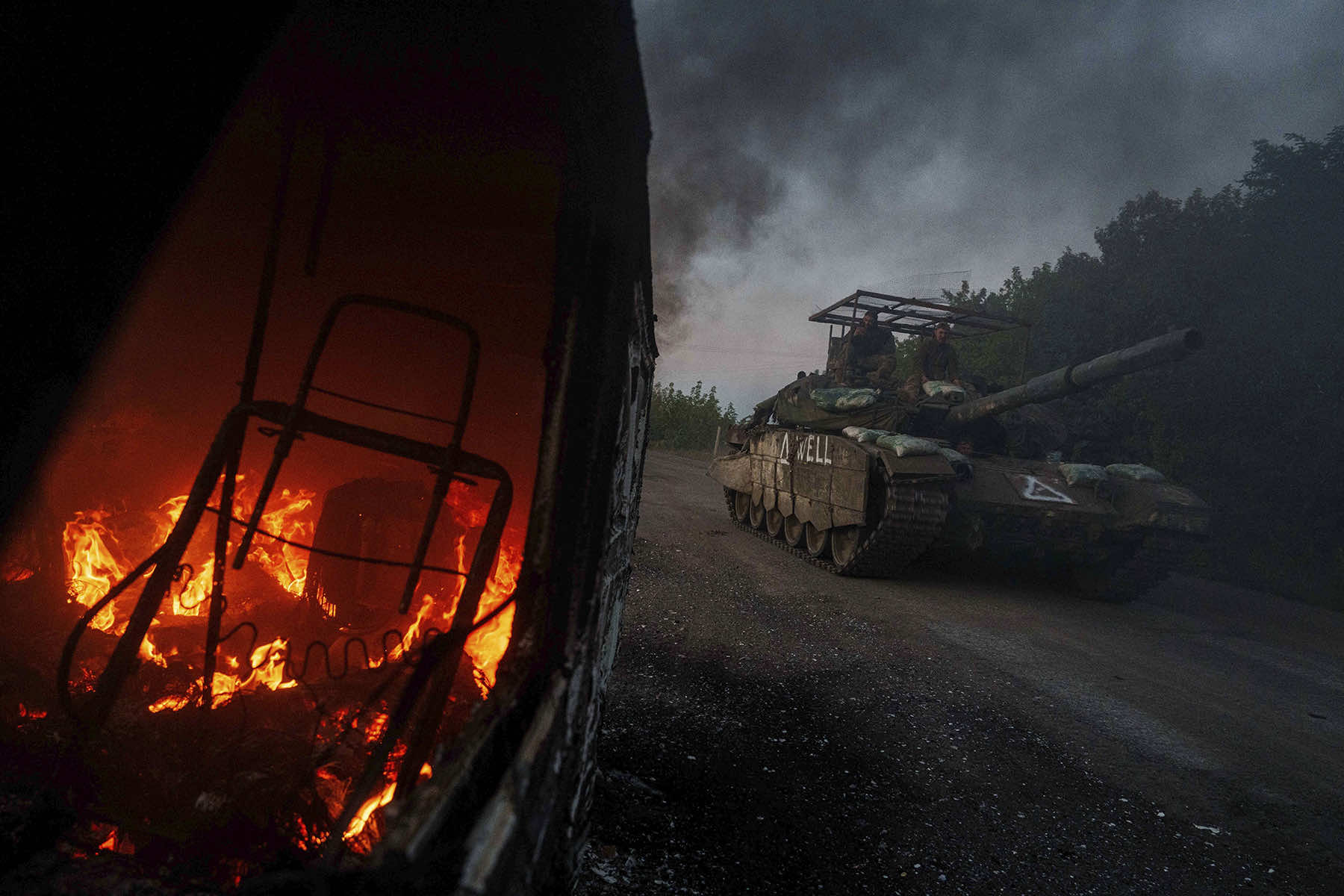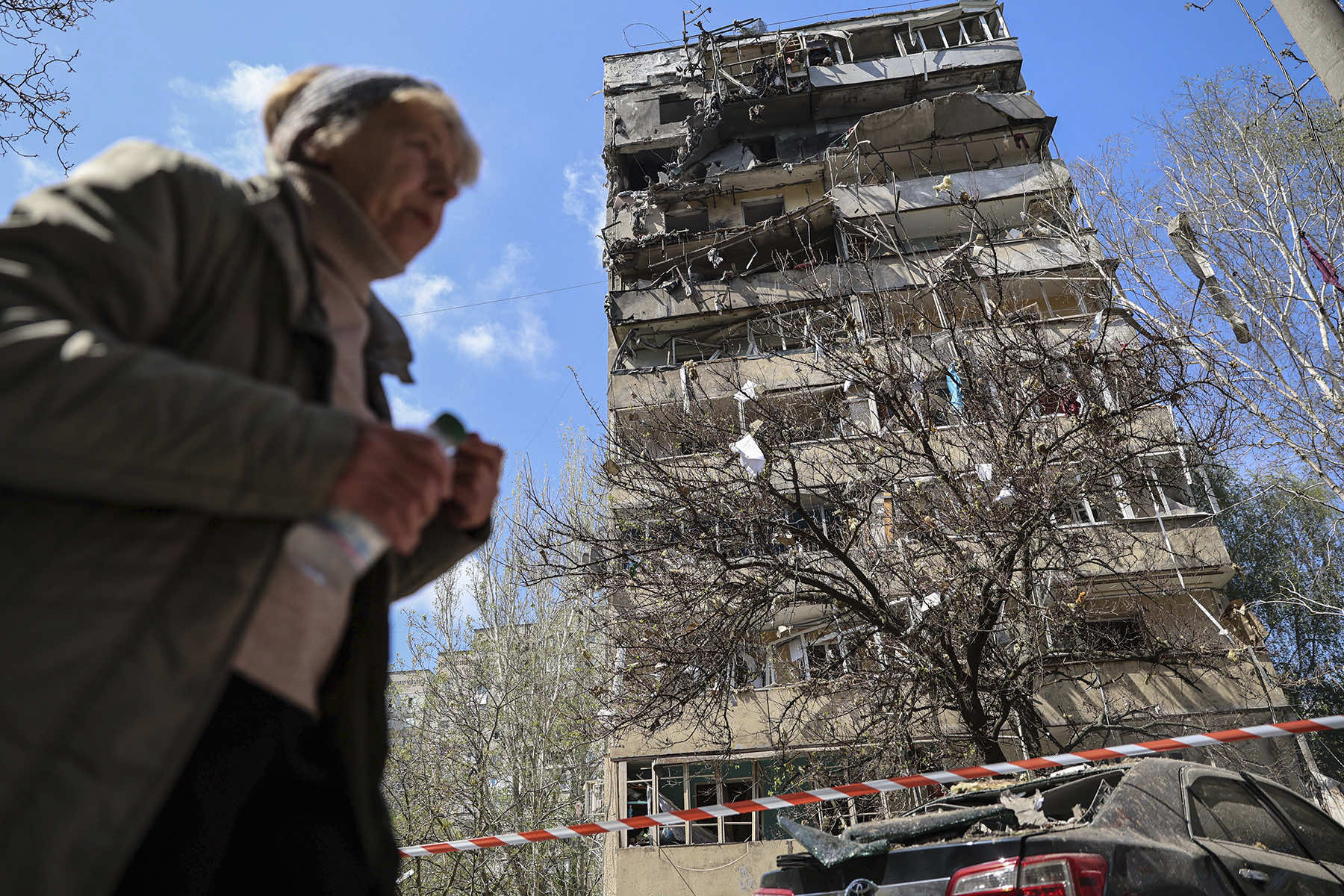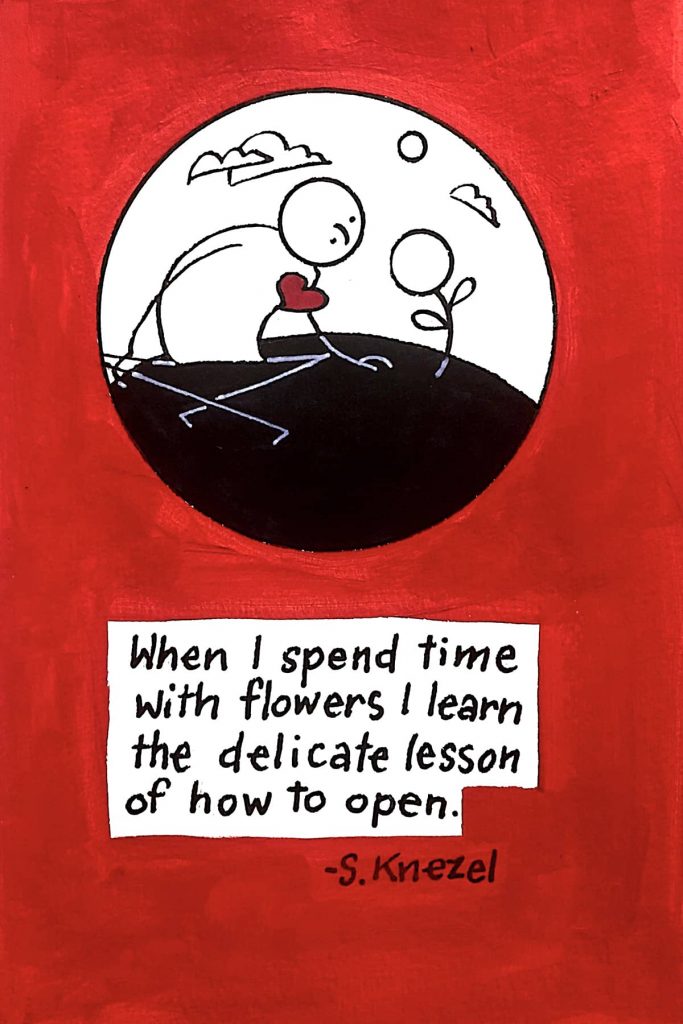
The return of Donald Trump to the White House has accelerated a widening strategic breach between the United States and its European allies, particularly over the war in Ukraine.
Public appearances by Vice President JD Vance and policy shifts by the administration have dismantled long-held assumptions about U.S. leadership in NATO and the West’s unified support for Ukraine’s sovereignty.
At the Munich Security Conference in February, Vance delivered a confrontational message toward European leadership, denouncing their domestic restrictions on political expression and criticizing their continued dependence on American military power.
The address broke from decades of diplomatic tone and drew backlash across European governments. In the wake of that appearance, Ukrainian leadership advanced a proposal for a dedicated European military force, warning that without Ukraine’s combat capabilities, the continent remains exposed to future Russian aggression.
Diplomatic tensions deepened further when the U.S. voted against a resolution at the United Nations condemning Russia’s invasion of Ukraine. The move placed Washington in alignment with several authoritarian regimes long opposed to NATO’s principles, breaking from the democratic consensus established over decades by prior administrations.
Officials in the Trump regime have also adopted a new defense policy that departs from NATO’s shared burden model. Washington demands that all member states spend at least 5% of their GDP on defense, a dramatic increase from the previously agreed 2%.
The policy has been widely interpreted across Europe as an ultimatum designed to fracture the bloc, not strengthen it. While some countries have begun to increase military spending, others lack the fiscal capacity to meet the new threshold without cutting domestic services.
On the global stage, Trump’s regime has also downgraded Ukraine’s relevance in the resolution of the war. Trump has publicly dismissed the country’s role in shaping a peace process and portrayed its president as politically irrelevant.
Meanwhile, on the ground in Eastern Europe, the Russian Federation is expanding its military infrastructure and shifting its posture toward NATO’s northern border. A new army headquarters is under construction in Petrozavodsk, near Finland, intended to command tens of thousands of troops following the conclusion of the war in Ukraine.
Equipment production in Russia has surged, while personnel deployment patterns suggest a long-term reallocation of combat units toward NATO’s northern frontier.
While much of Russia’s conventional force remains tied up in Ukraine, military analysts have reported that Moscow is beginning to withhold newly produced weapons from the frontlines. Instead of reinforcements going into combat, the Kremlin appears to be stockpiling for future conflict elsewhere.
In parallel, Russian troop movements toward the Baltic and Nordic regions have accelerated, especially along the Finnish and Norwegian borders. The trend is consistent with a rebalancing strategy — not immediate escalation, but preparatory realignment.
Intelligence services in Europe have responded with urgent assessments. Germany’s federal security agencies warned this year that Russia could be fully capable of waging a large-scale conventional war by 2030.
That estimate aligns with parallel evaluations from the Baltic states and Scandinavian defense ministries. Lithuania has assessed that Russia may seek to pressure NATO through a limited incursion aimed at testing the alliance’s resolve. Denmark’s defense agency has also reported that the threat of war in Europe is likely to increase over the next five years, even if no current operation is imminent.
In response, Baltic governments have begun to harden their borders. Lithuania has fortified a key bridge with tank-blocking structures once used during World War II. Latvia and Estonia have initiated similar defensive installations. Across the region, NATO member states are reactivating Cold War-era contingency plans and expanding regional defense cooperation in the absence of strong American backing.
The rapid deterioration of Western alignment has raised new questions about NATO’s ability to maintain deterrence without a cohesive transatlantic anchor. Trump’s demands for inflated defense spending, rejection of core alliance principles, and antagonism toward Ukraine have not only undermined strategic unity, but also created an opening for Russia to capitalize on internal division.
As the United States pulls away from its traditional leadership role and betrays its allies under Trump, Russia is accelerating hybrid operations across Europe. In addition to troop movements and equipment buildups, Western intelligence agencies have reported a sharp rise in sabotage, espionage, and subversion activities traced to Russian state actors.
These include cyber intrusions, physical sabotage of military-related infrastructure, and increased naval activity near undersea communications cables that carry global financial and defense data.
In one case, a Russian commercial vessel was observed loitering near a cluster of underwater cable routes in the North Atlantic. Although no breach was publicly acknowledged, European maritime forces treated the incident as a potential reconnaissance mission. Similar patterns have emerged in the Pacific and the Arctic, with NATO navies tracking unexplained movements near key fiber-optic lines.
These actions are viewed not as random probes but as deliberate positioning in the event of escalated conflict. Naval analysts and communications security experts have warned that severing or disrupting these undersea cables could cripple command-and-control systems, isolate member states, and disrupt entire economies. This form of strategic leverage has become a central focus of NATO’s defensive posture.
Beyond maritime threats, European intelligence agencies have documented an expansion of covert operations within their borders. The number of Russian-linked sabotage incidents increased dramatically between 2022 and 2024, and preliminary reporting for 2025 indicates that the pace has continued to climb.
Many of these acts are linked to critical infrastructure, weapons depots, energy networks, and transportation corridors. The goals appear to be disruption, confusion, and deterrence through intimidation rather than overt military strikes.
Russia’s military budget continues to expand at a record pace. By 2025, the Kremlin is on track to spend more than 6% of GDP on defense, eclipsing the combined defense spending of many NATO member states.
In parallel, the Russian armed forces are set to grow to 1.5 million personnel, with a corresponding increase in weapon stockpiles deployed near European borders. Military analysts have assessed that Moscow intends to use this buildup to gain long-term leverage over neighboring states.
Across Europe, political and military leaders are adjusting to a future in which the U.S. can no longer be trusted or relied upon as a stabilizing force. Some European capitals are moving ahead with joint procurement agreements, shared command structures, and regional defense compacts intended to replace or supplement American guarantees. The idea of strategic autonomy has shifted into an operational necessity.
One proposal gaining traction involves the formation of a permanent European rapid response force. Though politically sensitive and technically complex, such a unit would allow for immediate regional deployment without dependence on U.S. logistics or approval. It would also signal to adversaries that European security is no longer contingent on Tump’s agenda.
The internal response from NATO’s core has been mixed. Some member states have urged calm and emphasized the alliance’s existing collective defense commitments under Article 5. Others have moved ahead with unilateral security measures, including border fortifications and expanded troop readiness drills. While the alliance remains formally intact, its operational cohesion is under increasing strain.
d
Ukraine, once at the center of NATO’s unified posture, now stands increasingly isolated. As American political leadership distances itself from Kyiv, the weight of resistance has shifted to Europe’s eastern front. Ukraine’s armed forces remain among the most battle-hardened in the world, but without consistent external backing, their strategic position is diminishing.
The broader outcome of this shift extends beyond the war itself. By unraveling decades of security consensus, the Trump regime has redefined the structure of transatlantic cooperation. The West now faces a fundamental question about whether a collective defense can endure in the absence of a collective purpose.
© Photo
Evgeniy Maloletka (AP), Kateryna Klochko (AP), and Pavel Byrkin (AP)

















